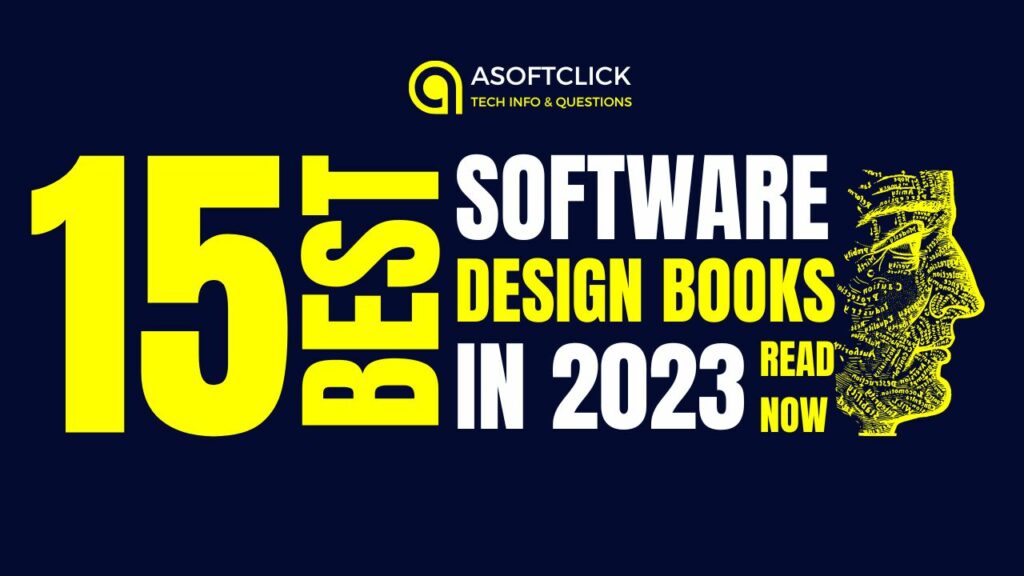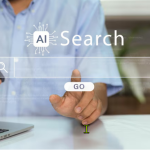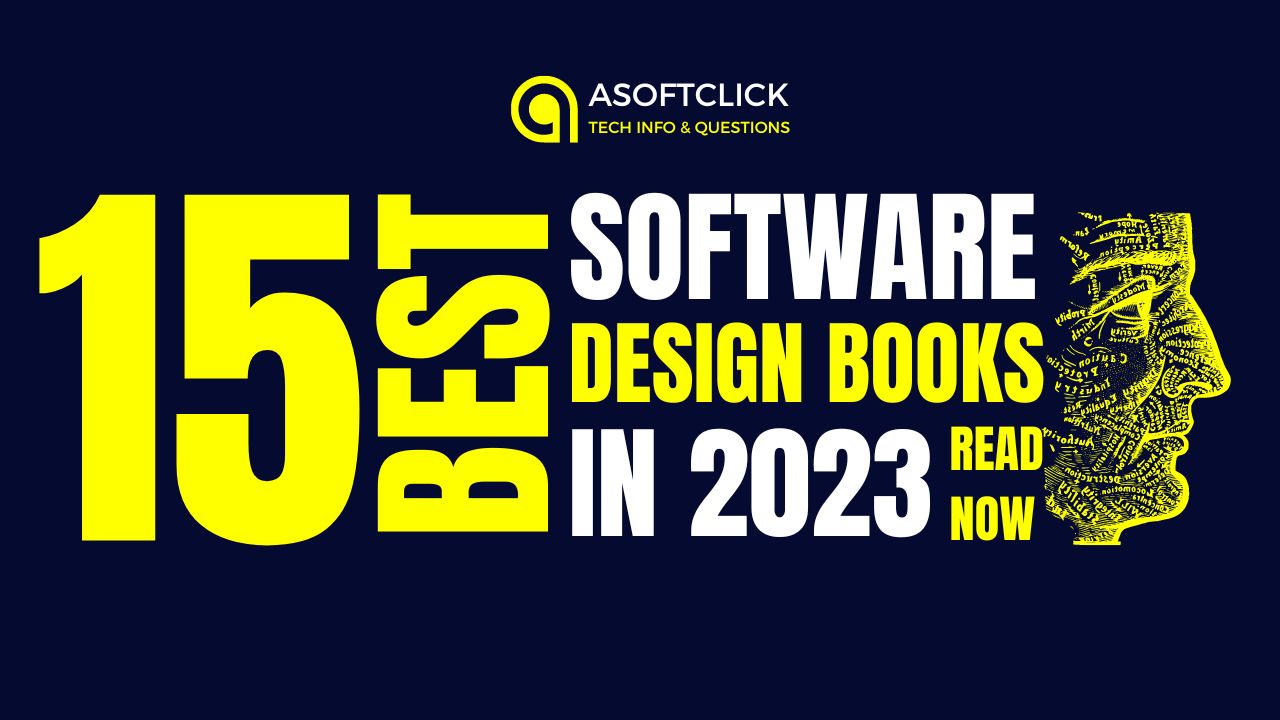 Welcome to our comprehensive guide on the best software design books. Whether you’re a seasoned designer or an aspiring one, these handpicked books will equip you with invaluable knowledge and insights to excel in the world of software design. From user experience (UX) design to interaction design and beyond, explore the finest resources available to enhance your skills and create exceptional digital experiences. Get ready to dive into the realm of software design excellence with these must-read books.
Welcome to our comprehensive guide on the best software design books. Whether you’re a seasoned designer or an aspiring one, these handpicked books will equip you with invaluable knowledge and insights to excel in the world of software design. From user experience (UX) design to interaction design and beyond, explore the finest resources available to enhance your skills and create exceptional digital experiences. Get ready to dive into the realm of software design excellence with these must-read books.
What is software engineering?
Software engineering is a crucial aspect of computer science and a fundamental component of engineering that pertains to the advancement and evolution of computerized products. It is an important process that involves a thorough analysis of end-user requirements by engineers. The process entails designing, building, and testing software to ensure that its features align with the needs of the user.
Experts in the field have developed a plethora of guidelines, techniques, and best practices. These include a variety of laws and languages that software engineers use frequently today. Software engineering aims to produce a product that is both effective and efficient.
What does a software engineer do?
Software engineers comprehend programming languages, operating systems, and software development. Using these skills, they design, construct, and maintain complex software systems that power the modern world. Software engineers shape technology and innovation in the digital age with their expertise. They can create high-quality solutions using engineering principles. This systematic procedure begins with detailed analysis and ends with rigorous testing to verify the product meets all standards. Software engineering textbooks teach these principles.
The primary responsibility of a software engineer is to develop top-notch products utilizing state-of-the-art technology. The software development strategy must be carefully crafted, and the process flow must be meticulously executed to ensure optimal results.
Software engineering requires proficiency in programming and coding, computer science fundamentals, algorithms, debugging, software design and architecture, testing, and data analysis. Successful software engineers need these skills.
Kinds of Software Engineering
Engineering requirements and roles can vary depending on the specific needs of a business, product, or user. Software engineering encompasses various types of software, each with its own unique characteristics and applications. Here, we’ll explore some of the most common types of software engineering.
1. Operational software engineering
Operational software engineering is a crucial aspect of software development that focuses on optimizing the operational efficiency of software. Software testing is a crucial process that verifies whether a software application meets the required usability, performance, budget, security, and dependability parameters. Cost reduction and operational efficiency are the primary objectives of this engineering approach aimed at enhancing an organization’s profitability.
2. Transitional Software Engineering
Software engineering involves the critical evaluation of software functionality during the process of transitioning it from one environment to another. In today’s dynamic business landscape, software scalability and flexibility are crucial for adapting to evolving environments and changing requirements.
3. Software Engineering Maintenance
Software maintenance engineering is an essential component of software development that emphasizes the timely upkeep of software. Recurrent software engineers are primarily concerned with the functionality of the software in the event of alterations to one or more components within the current system. By identifying the shortcomings in the software, it is possible to improve its functionality.
You may also like: Career Boosters: 10 Best Software Engineering Jobs for Tech Enthusiasts
The Best Software Design Books
1.Designing Data-Intensive Applications: The Big Ideas Behind Reliable, Scalable, and Maintainable Systems

In the era of data-driven decision-making, the demand for applications that can handle large volumes of data is on the rise. As a result, the baseline for building such applications is also increasing. The book “Designing Data-Intensive Applications” provides a comprehensive insight into the construction of such applications.
2. Clean Architecture: A Craftsman’s Guide to Software Structure and Design
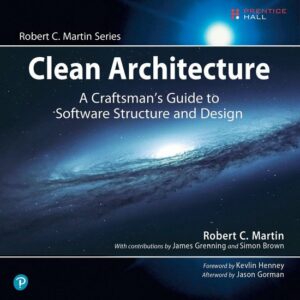
Clean Architecture is a software design approach that emphasizes the importance of high-level application architecture, service boundaries, and composition. This book takes a broader perspective to ensure that software systems are modular, maintainable, and scalable. By separating concerns and defining clear boundaries between components, a clean architecture enables developers to build robust and flexible applications that can evolve. This book offers valuable insights into designing scalable software, even if you don’t aspire to become a software architect.
3. Code Complete: A Practical Handbook of Software Construction
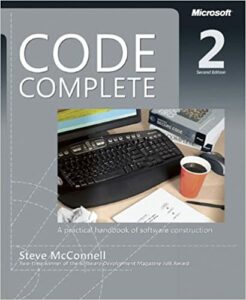
Steve McConnell’s Code Complete (2nd Edition) is widely recognized as one of the most comprehensive and practical programming guides available today. It is considered to be one of the best software engineering books currently available. For more than ten years, the initial release of this book has been a go-to resource for programmers seeking to enhance the quality of their code. The latest iteration of the book has undergone a complete overhaul, featuring the most up-to-date and innovative techniques currently employed in the field.
4. Head-first design patterns
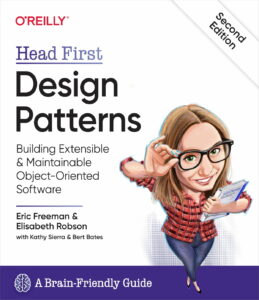
Design patterns allow developers to leverage their peers’ expertise and proven methodologies, freeing up valuable time to tackle more complex tasks. From the latest AI algorithms to the most advanced machine learning techniques, this book has it all. The book delves into the underlying object-oriented design principles that serve as the foundation for these patterns. By following the guidance provided, readers will learn when and how to effectively utilize these patterns in their designs.
5. The Mythical Man-Month: Essays on Software Engineering (1975)
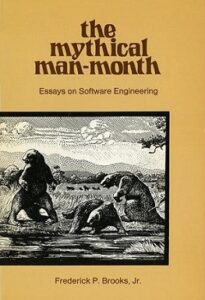
The core concept of this software development principle is that augmenting the workforce of a project that is lagging behind schedule can result in further delays. Brooks’s law is a well-known concept in the tech industry, often discussed alongside the second-system effect and the importance of prototyping.
Brooks’ insights stem from his time overseeing the creation of OS/360 at IBM. In a bid to expedite a project that was lagging behind schedule, he made the strategic move of bringing on board additional programmers. However, to his surprise, this decision had the opposite effect, further exacerbating the delay.
6. Refactoring: Improving the Design of Existing Code

The book “Refactoring” has had a significant impact on the software engineering industry despite being an older publication. It is widely believed that a seminal text revolutionized the field of code refactoring, which involves restructuring code without changing its behavior.
The book covers refactoring in several programming languages and offers useful advice. Software developers must refactor their code; hence, we recommend buying a copy of this book.
7. Domain-Driven Design: Tackling Complexity in the Heart of Software
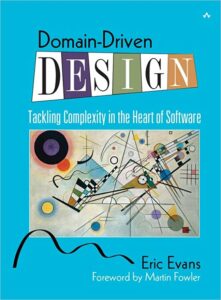
Software development requires domain modeling. Domain models are essential to software development, yet there are few good tools to teach developers how to use them. Eric Evans’ Domain-Driven Design is widely regarded as one of the top books on the subject. In this tech book, readers will gain a thorough understanding of aligning their software designs with their mental models of the problem domain they aim to tackle.
8. Patterns of Enterprise Application Architecture

Martin Fowler’s latest book focuses on enterprise application development. This expert helps architects understand complex yet essential features. Any application requires architecture. However, enterprise ventures magnify its importance. These projects require high performance and multi-user access. Thus, successful projects require well-designed architecture. These tried-and-true fixes might help you make tough design choices. This book gives readers the context to make informed decisions and confidently face challenging issues.
9. Software Architecture in Practice
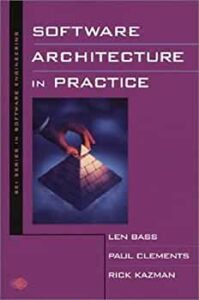
In this technical book, readers will gain valuable knowledge of software architecture’s best practices and concepts. Software engineers will gain essential insights into how to structure a software system for optimal results.
10. The Pragmatic Programmer: From Journeyman to Master
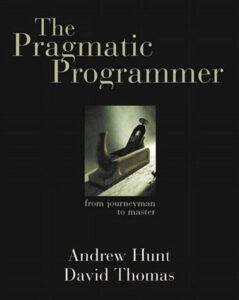
The Pragmatic Programmer is a great reference for software engineering. Many academic courses use this book because it emphasizes actual approaches software engineers can use to improve the development process, unlike most computer science or software engineering textbooks.
Every chapter ends with a collection of problem sets to test comprehension and practice abilities. The authors use analogies and tales to explain development processes and their limitations. The book discusses the broken windows idea, stone soup, and boiling frog metaphors.
Also checkout: 19 Best Sites to Download Free Books in 2023
11. Peopleware: Productive Projects and Teams
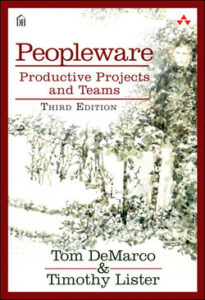
Peopleware is one of the few publications in the field of computing that has had as significant an impact on software management as it has. The author of this book, which has been a best seller for a very long time, makes the startling discovery that the most challenging aspects of developing software involve people rather than technology. Those are not simple problems, but if you can overcome them, you will significantly improve your chances of being successful.
12. Cracking the Coding Interview by Gayle McDowell
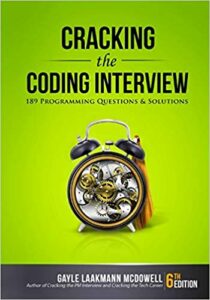
Cracking the Coding Interview is the definitive reference for individuals who are looking to thrive in their software engineering interviews and is a resource that is unrivaled in its breadth and depth. It provides a plethora of knowledge and tactics that can assist you in efficiently preparing for the upcoming interviews and performing extraordinarily well during those interviews.
13. A Common-Sense Approach to Web Usability

Steve Krug, a renowned expert on information design and intuitive navigation, authored the book “Don’t Make Me Think”. This book is a must-read for anyone interested in usability and provides valuable insights into creating user-friendly interfaces. The inaugural version of the book was published in 2000 and has since served as a valuable reference for individuals seeking to expand their knowledge of UX (user experience) design. The latest iteration of the product is now in its third edition, boasting an additional chapter that delves into the realm of mobile usability.
14. Soft Skills: The Software Developer’s Life Manual

Soft Skills: The Software Developer’s Life Manual is an exceptional resource that provides valuable insights and strategies for leading a fulfilling life as a software developer. This guide is designed to equip you with the necessary tools and practices to enhance your professional and personal growth. John Sonmez, a renowned developer and life coach, has written extensively on a variety of crucial “soft” topics that are relevant to developers. These topics include career advancement, productivity, personal finance, investing, fitness, and relationships, all from a developer-centric perspective.
15. Working Effectively with Legacy Code
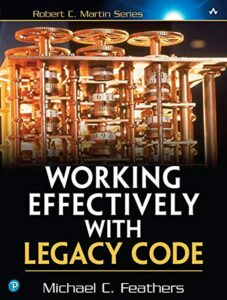
In this book, programmers are equipped with a cost-effective approach to addressing prevalent legacy code issues, eliminating the need for a costly overhaul of the entire existing codebase. This article outlines a set of pragmatic techniques that software developers can utilize to effectively manage their current applications. In this tech blog, the author offers valuable insights on effectively implementing strategies for refactoring or making functional modifications to codebases. A crucial aspect highlighted in the book is the significance of crafting tests by developers to ensure that any optimization made does not inadvertently alter the application.
Check also: 5 Best Free PDF Voice Reader Apps for Android & iPhone
FAQs
What are some good books for a software engineering student?
If you have no idea how much you know about the topics that interest you, some of the best books to read are Code Complete by Steve McConnell, Refactoring: Improving the Design of Existing Code by Martin Fowler, The Practical Guide to Structured Systems Design by Meilir Page-Jones, and The Design of Everyday Things by Donald Norman.
What are the best books for a Java software engineer?
Because it is the programming language that is used the most frequently, Java is an excellent language to add to your skill set. And the best books to read are Head First Java by Kathy Sierra and Bert Bates, Java: A Beginner’s Guide by Herbert Schildt, Effective Java by Joshua Bloch, and Head First Design Patterns by Eric Freeman.
What should I study for software design?
You really ought to educate yourself in a programming language.
A strong foundation in programming languages is required if you want to pursue a career in the field of software development. Java, Python, C++, and Scala are among the programming languages that you should consider becoming proficient in. Java is a general-purpose programming language that is typically utilized when building programs that run on servers.
How can I get good at software design?
This may apply to more than just the design of software; it could apply to other things as well. The best approach to getting better is to put in more work. It might be a cliché, but repetition is the key to success. You can educate yourself by studying guides and books and then putting what you’ve learned into practice regularly.

